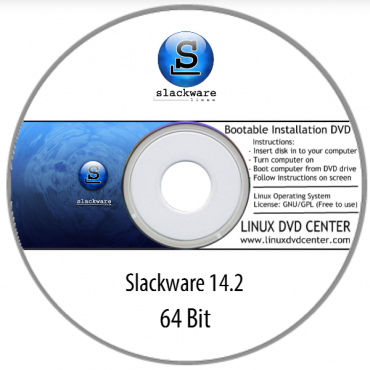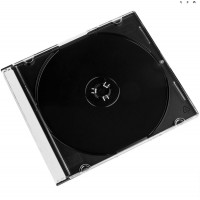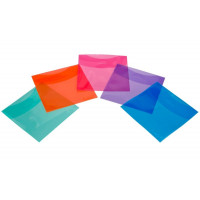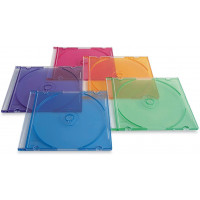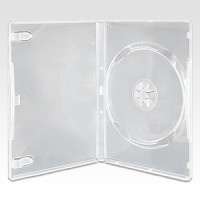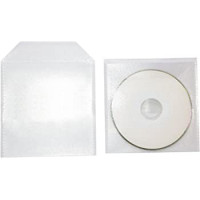Slackware is a Linux distribution created by Patrick Volkerding in 1993. Originally based on Softlanding Linux System, Slackware has been the basis for many other Linux distributions, most notably the first versions of SUSE Linux distributions, and is the oldest distribution that is still maintained.
Slackware aims for design stability and simplicity and to be the most "Unix-like" Linux distribution. It makes as few modifications as possible to software packages from upstream and tries not to anticipate use cases or preclude user decisions. In contrast to most modern Linux distributions, Slackware provides no graphical installation procedure and no automatic dependency resolution of software packages. It uses plain text files and only a small set of shell scripts for configuration and administration. Without further modification it boots into a command-line interface environment. Because of its many conservative and simplistic features, Slackware is often considered to be most suitable for advanced and technically inclined Linux users.
Slackware is available for the IA-32 and x86_64 architectures, with a port to the ARM architecture. While Slackware is mostly free and open-source software, it does not have a formal bug tracking facility or public code repository, with releases periodically announced by Volkerding. There is no formal membership procedure for developers and Volkerding is the primary contributor to releases.
Name
The name "Slackware" stems from the fact that the distribution started as a private side project with no intended commitment. To prevent it from being taken too seriously at first, Volkerding gave it a humorous name, which stuck even after Slackware became a serious project.
Slackware refers to the "pursuit of Slack", a tenet of the Church of the SubGenius, a parody religion. Certain aspects of Slackware graphics reflect this—the pipe that Tux is smoking, as influenced by the image of J. R. "Bob" Dobbs' head.
A humorous reference to the Church of the SubGenius can be found in many versions of the install.end text files, which indicate the end of a software series to the setup program. In recent versions, including Slackware release 14.1, the text is ROT13 obfuscated.
History
Slackware was originally derived from the Softlanding Linux System (SLS), the most popular of the original Linux distributions and the first to offer a comprehensive software collection that comprised more than just the kernel and basic utilities, including X11 graphical interface, TCP/IP and UUCP networking and GNU Emacs.
Patrick Volkerding started with SLS after needing a LISP interpreter for a school project at the then named Moorhead State University (MSU). He found CLISP was available for Linux and downloaded SLS to run it. A few weeks later, Volkerding was asked by his artificial intelligence professor at MSU to show him how to install Linux at home and on some of the computers at school. Volkerding had made notes describing fixes to issues he found after installing SLS and he and his professor went through and applied those changes to a new installation. However, this took almost as long as it took to just install SLS, so the professor asked if the install disks could be adjusted so the fixes could be applied during installation. This was the start of Slackware. Volkerding continued making improvements to SLS: fixing bugs, upgrading software, automatic installation of shared libraries and the kernel image, fixing file permissions, and more. In a short time, Volkerding had upgraded around half the packages beyond what SLS had available.
Slackware Linux 15.0 (32/64Bit)
- Brand: Linux DVD Center
- Product Code: B08M4BH5HG
- Availability: In Stock
-
€5.80
-
- 3 or more €5.20
- 5 or more €4.60
Available Options
Related Products
DVD coloured protective sleeves
Extremely space-saving and ideal for protection of CDs/DVDs without taking up as much space as regul..
€0.20
DVD slim case transparent colored
Super slim case to hold one DVD plus inlay eachAvailable in 5 assorted colors...
€1.50
DVD plastic case semi-transparent
Semi-transparent Plastic case to hold one DVD plus inlay each..
€1.60
DVD transparent protective sleeves
Extremely space-saving and ideal for protection of CDs/DVDs without taking up as much space as regul..
€0.10
* Special prices & discounts are available for business partners, resellers & retail stores! More info ....
License: GNU/GPL (Free to use or Redistribute)
Please Note: This software is free to download from the developers website. You are paying for the label design, disk manufacturing, printing and postage. It is ideal for those who do not have broadband and do not want to use data or for those who do not feel confident burning an ISO file to DVD. These programs are licensed under the terms of the GNU License, the GNU lesser Public License or the Mozilla Public License or are in the Public Domain.

